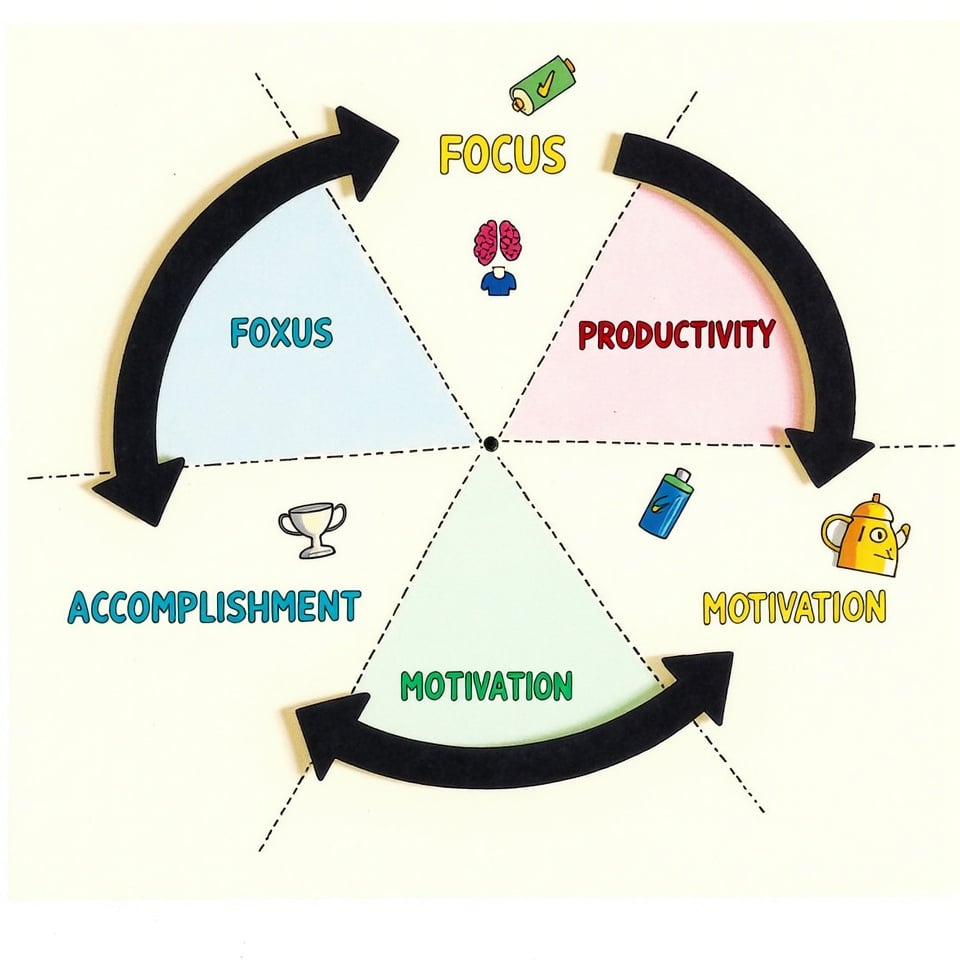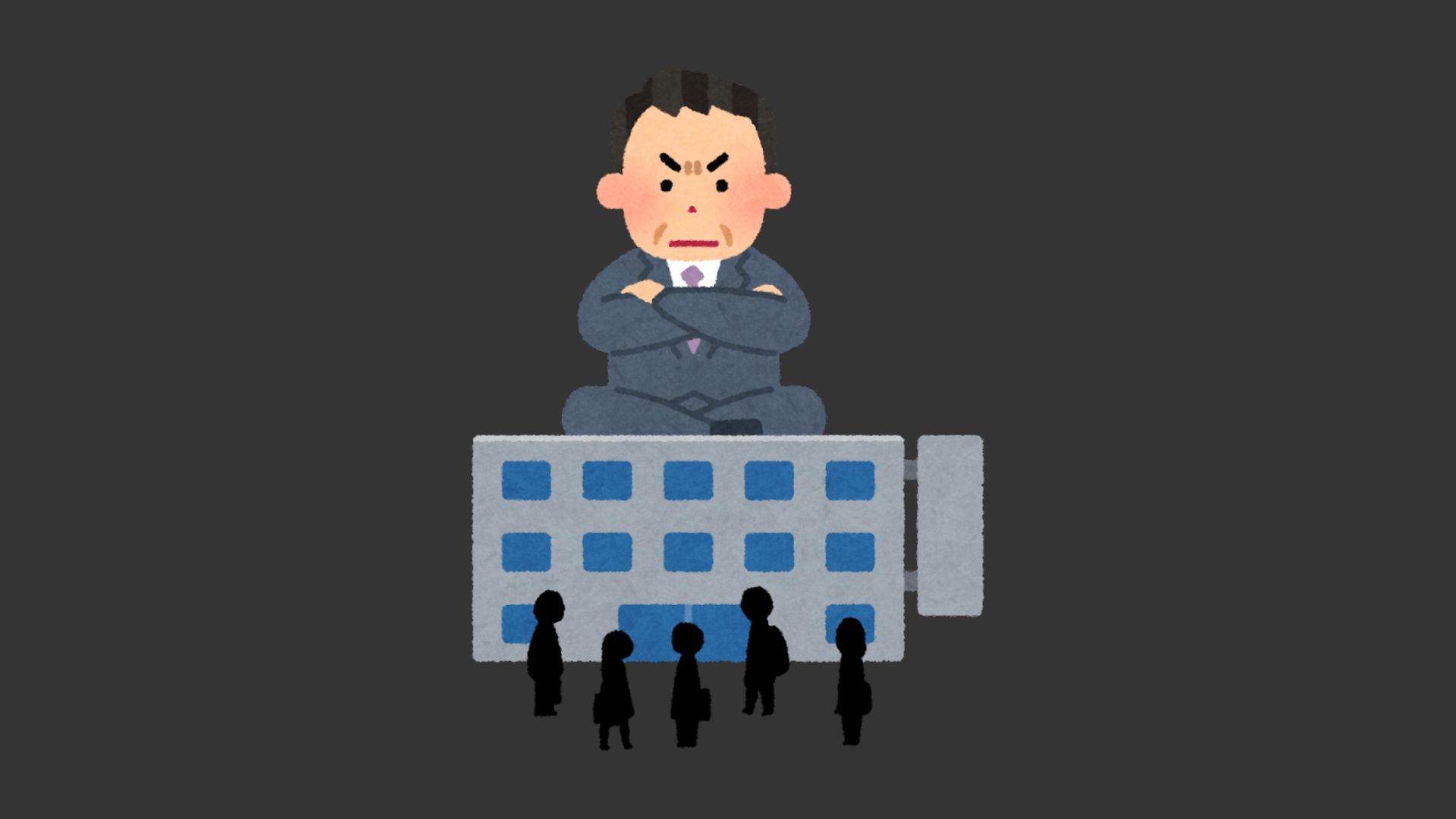Struggling with how to prioritize tasks and feeling like your to-do list is running the show?
You’re not alone—tons of us freeze up deciding what’s first, only to miss deadlines or stress out.
Luckily, there’s a science to it.
Check out these 10 proven task prioritization techniques to master your day, boost productivity, and get stuff done like a pro.
Priority matrix
When you’re drowning in tasks, the priority matrix can be your lifeline to better organization.
Also known as the Eisenhower Matrix, this powerful tool helps you sort tasks into four simple quadrants based on their urgency and importance.
Picture a grid with four boxes.
In the first box, put tasks that are both urgent and important – these need your immediate attention.
The second box holds important but not urgent tasks you should schedule.
The third contains urgent but less important tasks you can delegate.
Finally, the fourth box is for tasks that aren’t urgent or important – feel free to eliminate these!
MoSCoW prioritization method
The MoSCoW method takes task prioritization to a whole new level of clarity.
If you’re struggling with prioritization techniques, you’ll love how this system breaks everything down into four simple categories: Must have, Should have, Could have, and Won’t have.
Think of it like sorting your tasks into different boxes.
Your “Must have” box contains those critical tasks you absolutely can’t skip.
“Should have” items are important, but can wait a bit.
Got some nice-to-have features? Those go in your “Could have” box.
Finally, your “Won’t have” box helps you clearly identify what’s out of scope.
You’ll find this method especially helpful when communicating with stakeholders – it leaves no room for confusion about what’s getting done and when.
ABCDE method
Similar to MoSCoW’s clear-cut categories, another powerful way to sort your tasks comes from the ABCDE method.
This prioritization system helps you quickly identify what matters most by breaking down your to-do list into five distinct levels of importance.
Here’s how it works:
Start with your “A” tasks – these are your must-dos with serious consequences if left undone.
Move on to “B” tasks, which are important but less critical.
“C” tasks are nice to complete but won’t cause problems if delayed.
You’ll want to delegate your “D” tasks to free up time for higher priorities.
Finally, those “E” tasks? Just eliminate them! They’re not contributing to your goals anyway.
Scrum prioritization
Diving into Scrum prioritization offers you a powerful way to manage complex projects effectively.
At its heart, you’ll find the Product Backlog – a dynamic list that helps you prioritize tasks based on value and urgency.
Think of it as your project management tool that evolves with your needs.
You can use simple frameworks like MoSCoW to rank your items.
Just ask yourself: “Must we’ve this now? Should we? Could we?” This makes decision-making crystal clear.
Regular refinement sessions with your team keep everything on track – you’ll review, adjust, and guarantee you’re working on what matters most.
The best part? You’re always adapting to feedback and picking the highest-priority items for your next Sprint.
It’s like having a GPS that constantly updates your route to success.
Bubble sort method
Looking at your task list like a jumbled puzzle? You can bring order to chaos using the bubble sort method for task management.
This simple but effective approach works just like sorting numbers: compare two tasks at a time and arrange them based on priority.
Here’s how to prioritize tasks using bubble sort: Start at the top of your list and compare the first two tasks. If the second task is more important, swap their positions.
Keep moving down the list, comparing and swapping adjacent tasks.
Repeat this process until you’ve gone through the entire list without making any swaps.
While it’s not the fastest method for huge task lists, it’s perfect for organizing 10-15 daily tasks when you need clarity and structure in your workday.
Most Important Task (MIT) method
When you’re juggling multiple tasks, identifying your most essential priorities can feel overwhelming.
The Important Task (MIT) Method helps you cut through the chaos by focusing on just 1-3 high-impact activities each day.
| MIT Benefits | Implementation Tips |
|---|---|
|
📉
Reduces overwhelm
|
🌙
Plan MITs night before
|
|
✅
Creates accountability
|
📝
Write them down clearly
|
|
🚀
Builds momentum
|
⏰
Complete before other tasks
|
To prioritize tasks effectively using the MIT method, start by selecting your most significant objectives the evening before.
You’ll wake up with clear direction and purpose.
Focus on completing these key tasks first, before your energy dips or distractions multiply.
By tackling your MITs early, you’ll experience a surge of accomplishment that fuels productivity throughout your day.
Think of it as eating your biggest frog first – everything else feels easier afterward!
The Ivy Lee method
The brilliantly simple Ivy Lee method will transform how you tackle your daily tasks.
Each evening, you’ll write down your six most important tasks for tomorrow and prioritize them in order of importance.
That’s it – no complex apps or overwhelming systems needed!
Here’s how to make it work: Every night before bed, grab a piece of paper and list the six tasks that matter most for the next day.
Number them from 1 to 6, with #1 being your highest priority.
When tomorrow comes, focus exclusively on task #1 until it’s done.
Don’t jump to the next task until you’ve completed the current one.
This single-task focus helps you stay productive and avoid multitasking chaos.
Keep reviewing and adjusting your task list daily, and you’ll be amazed at how much more you accomplish.
1-3-9 prioritization technique
Another powerful prioritization technique you’ll love is the 1-3-9 method.
This approach helps you prioritize tasks effectively by scoring each item on your to-do list from 9 to 1, with 9 being the most urgent and important tasks that need immediate attention.
Here’s how it works:
Start by listing all your tasks, then rate each one based on two factors – urgency and importance.
A task that’s both highly urgent and important gets a 9, while less critical tasks receive higher numbers closer to 1.
For example, completing a client presentation due tomorrow might be a 9, while organizing your email folders could be a 2.
You’ll find this method particularly helpful when you’re feeling overwhelmed, as it creates a clear hierarchy of what needs your attention first.
Two lists technique
Simplifying task management starts with a powerful yet straightforward approach: the Two Lists technique.
You’ll create distinct lists – one for urgent tasks demanding immediate attention and another for important tasks aligned with your long-term goals.
Here’s how to make the Two Lists technique work for you:
- Create your urgent tasks list for items needing same-day completion.
- Develop your important tasks list for goal-driven priorities.
- Review both lists daily to stay on track with your objectives.
- Adjust and reorganize tasks as circumstances change.
Pareto principle (80/20 rule)
Maximizing your productivity starts with understanding a powerful truth: most of your results come from just a small portion of your efforts. This is the Pareto principle, or the 80/20 rule, which reveals that 80% of your outcomes typically stem from 20% of your actions.
To prioritize tasks effectively, look at your to-do list through this lens.
Which activities drive the most significant results? In business, you might find that a handful of clients generate most of your revenue.
In your daily work, certain high-impact projects likely deserve more attention than routine tasks.
Start by identifying your most important activities – those critical few that create the biggest impact.
Wrapping it up
Picture yourself as a ship’s captain steering through choppy waters.
You’ve got multiple prioritization methods at your disposal – they’re your navigation tools.
Whether you choose the Eisenhower Matrix, MoSCoW, or ABCDE method, you’ll find your way through daily tasks with confidence.
Remember, you don’t need to use every tool simultaneously.
Pick what works for you, adjust your course as needed, and sail smoothly toward your goals.







